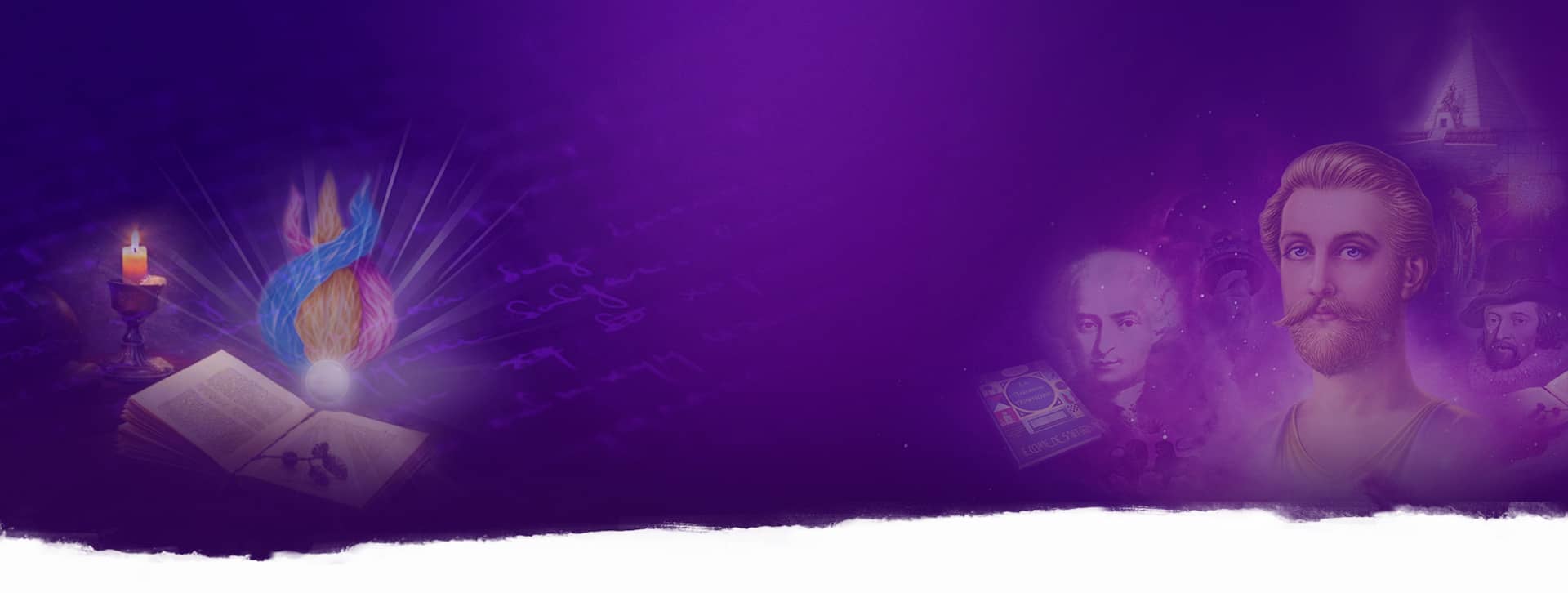Wagner's opera Lohengrin illustrates the relationship of twin flames when the one who has ascended into Spirit endeavors to assist his beloved—still undergoing the tests and initiations on earth.
Elsa is falsely accused of murdering her brother, but she has absolute faith in the arrival of a knight in shining armor to save her. Lohengrin, Elsa's ascended twin flame, answers her inner call and descends from higher planes to rescue her. He glides across a lake in a boat pulled by a swan, symbolizing a God-realized soul coming from another octave.
They are married, but Lohengrin, Guru (teacher) to his twin flame, instructs Elsa that she may never ask his name.
A Test of Love
This is her great test of love—the same test Cupid required of Psyche. Neither Psyche nor Elsa could resist the temptation—both succumb to the human frailty of curiosity and discover the true identity of their lovers.
Because of this disobedience, cosmic law requires their separation once again. Lohengrin returns to the plane of Spirit—there to await his twin flame's self-mastery and their ultimate reunion.
Twin Flames in History
Literature abounds with famous lovers who may very well have been twin flames: Dante finally reaching the point where Beatrice could present him to Christ, Penelope faithfully tending the flame of love that draws Ulysses home from his wanderings, Evangeline tirelessly searching for her beloved, Shakespeare pouring forth his love to the lady of the sonnets, Romeo and Juliet, Launcelot and Guenevere, Tristan and Isolde, Hiawatha and Minnehaha, Robert and Elizabeth Barrett Browning. All shared a love typical of twin flames.
Even looking at the flow of history reveals the importance of twin flames. The pharaoh Ikhnaton and his Queen Nefertiti were twin flames working together to bring the worship of the one God to a world floundering in the throes of polytheism. These same twin flames reembodied as King Clovis and Queen Clothilde to bring Christianity to France in the sixth century.



Sorry, comments are closed for this post.